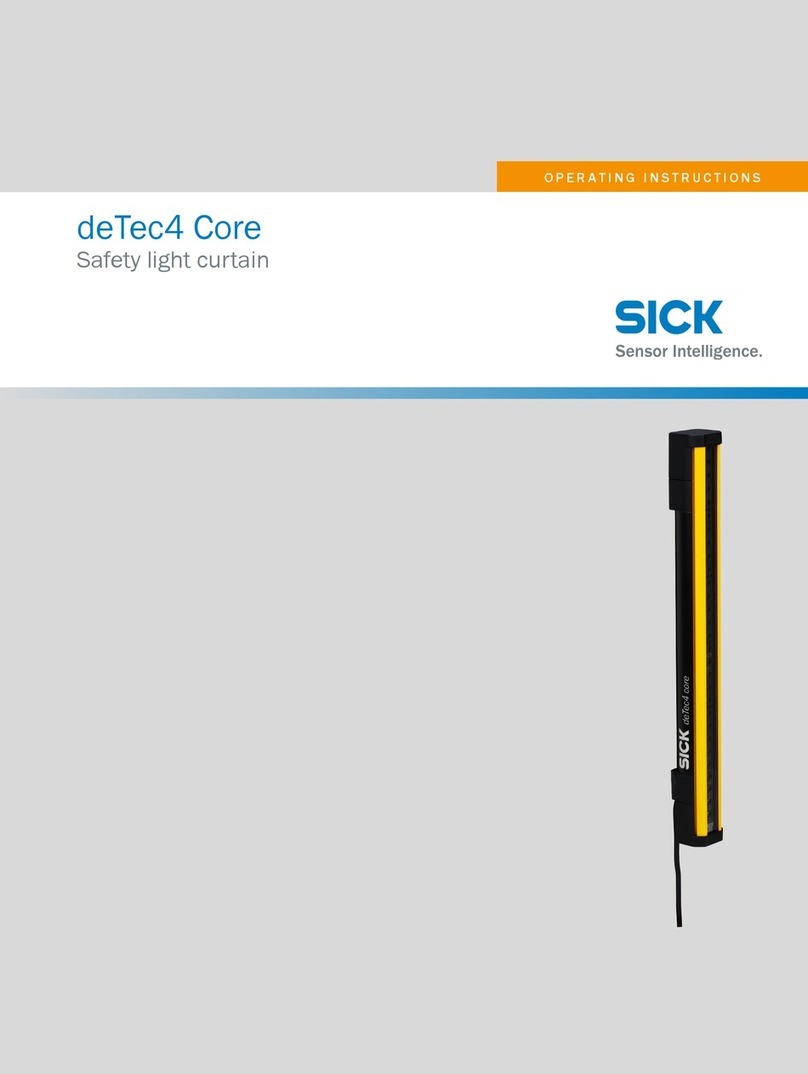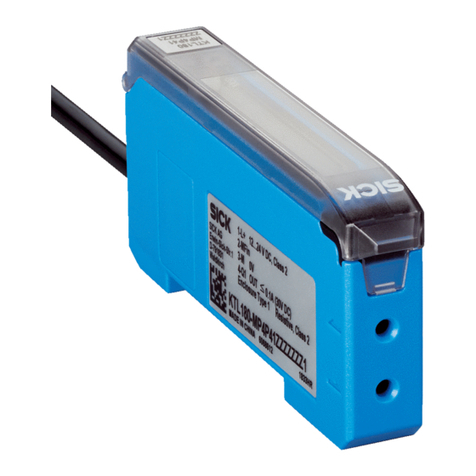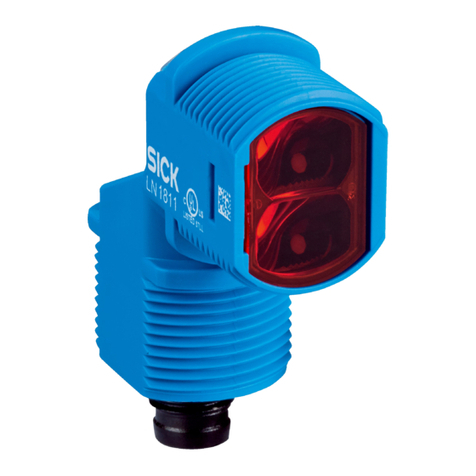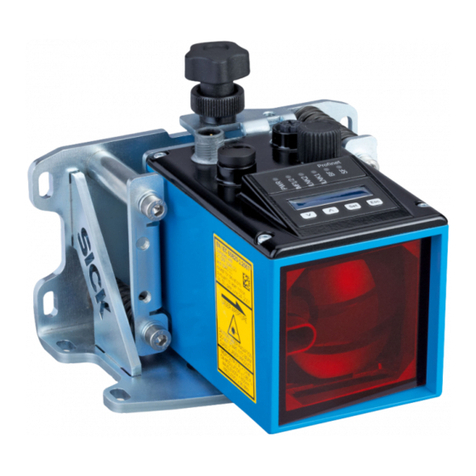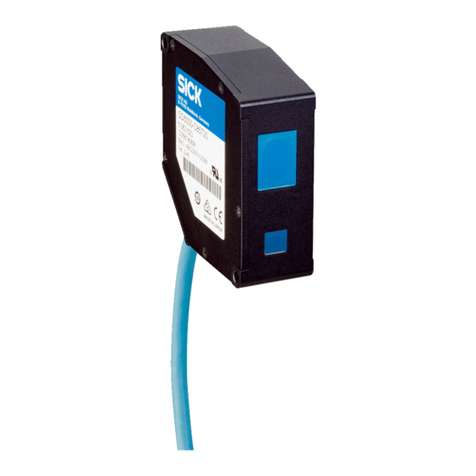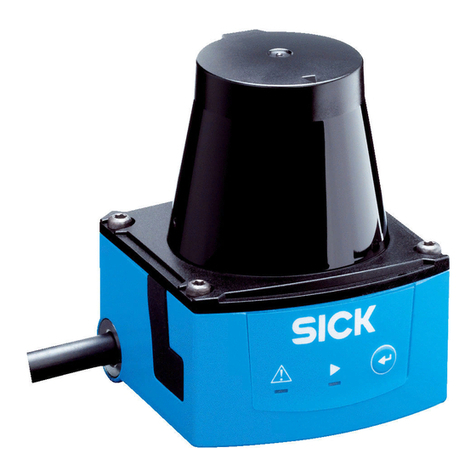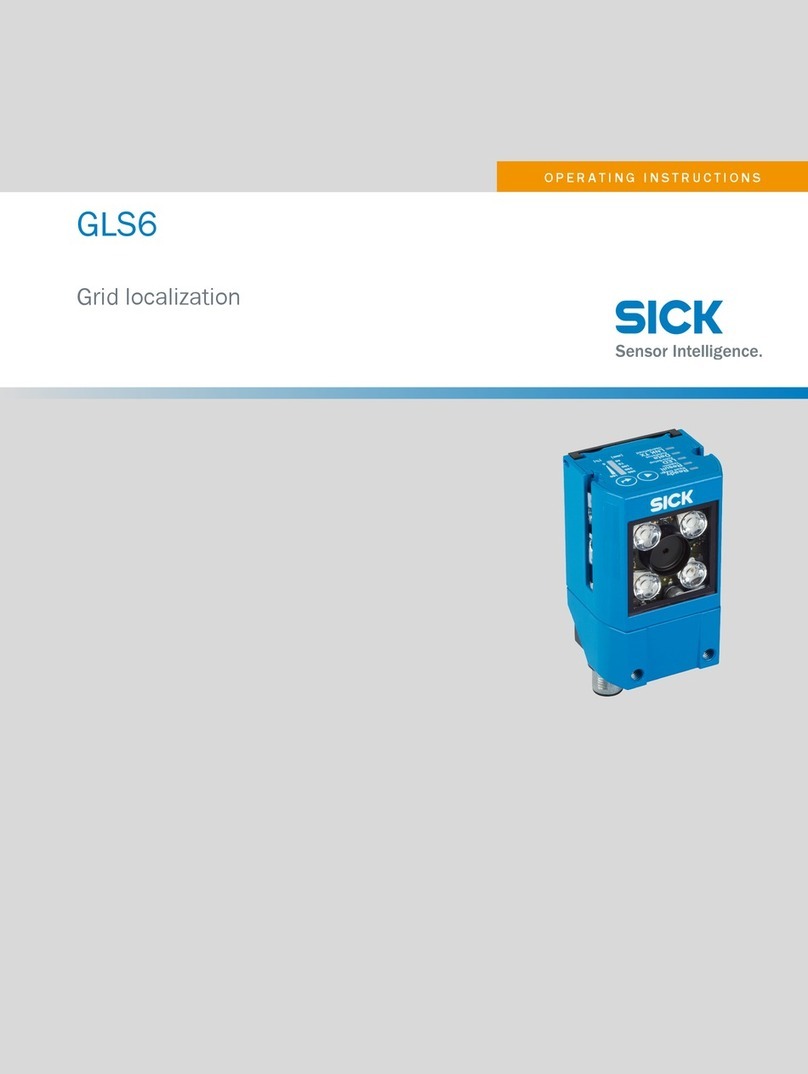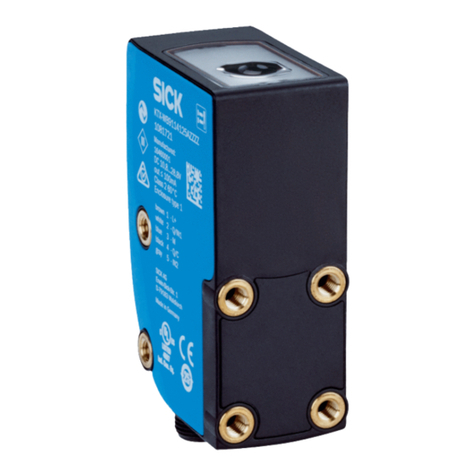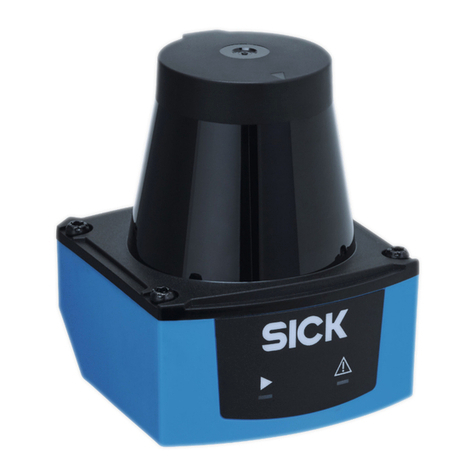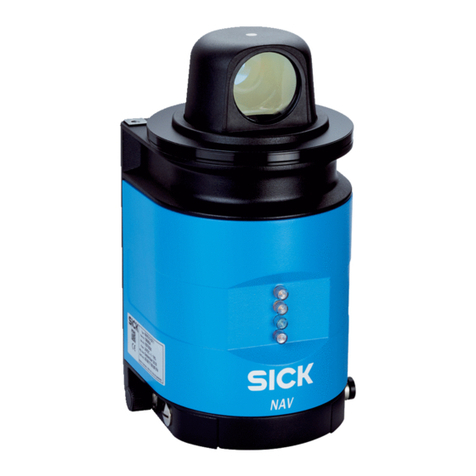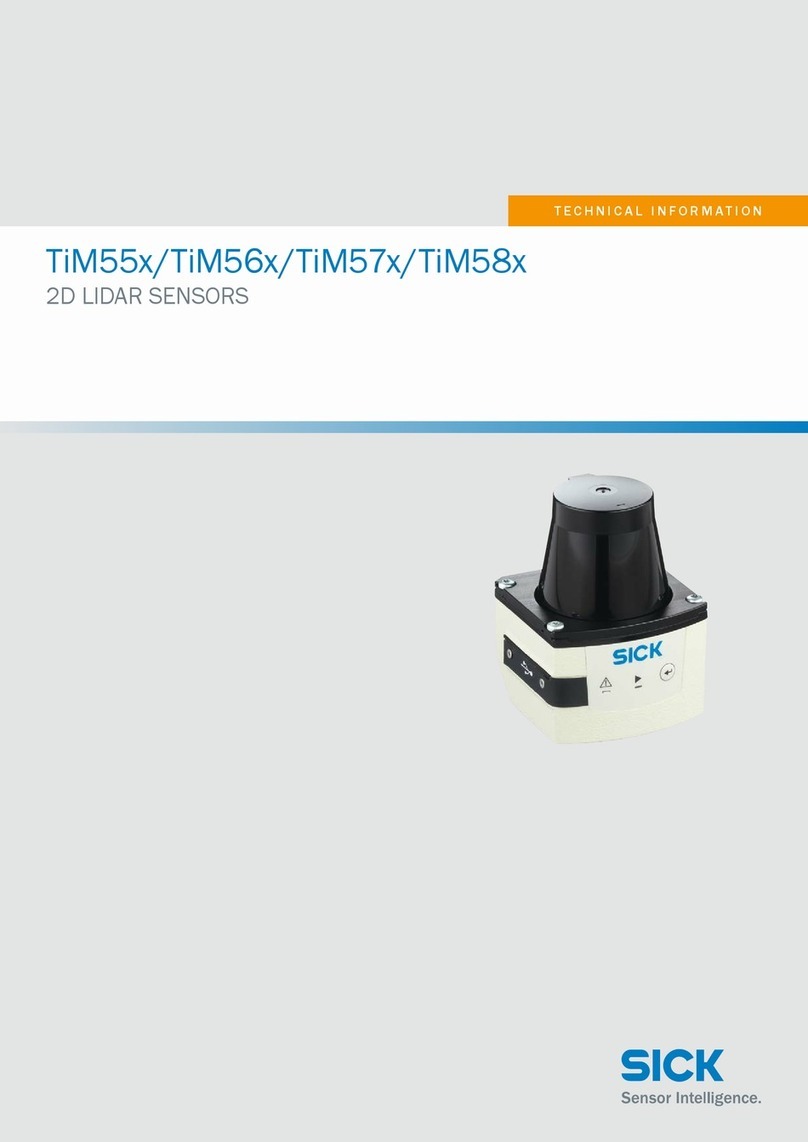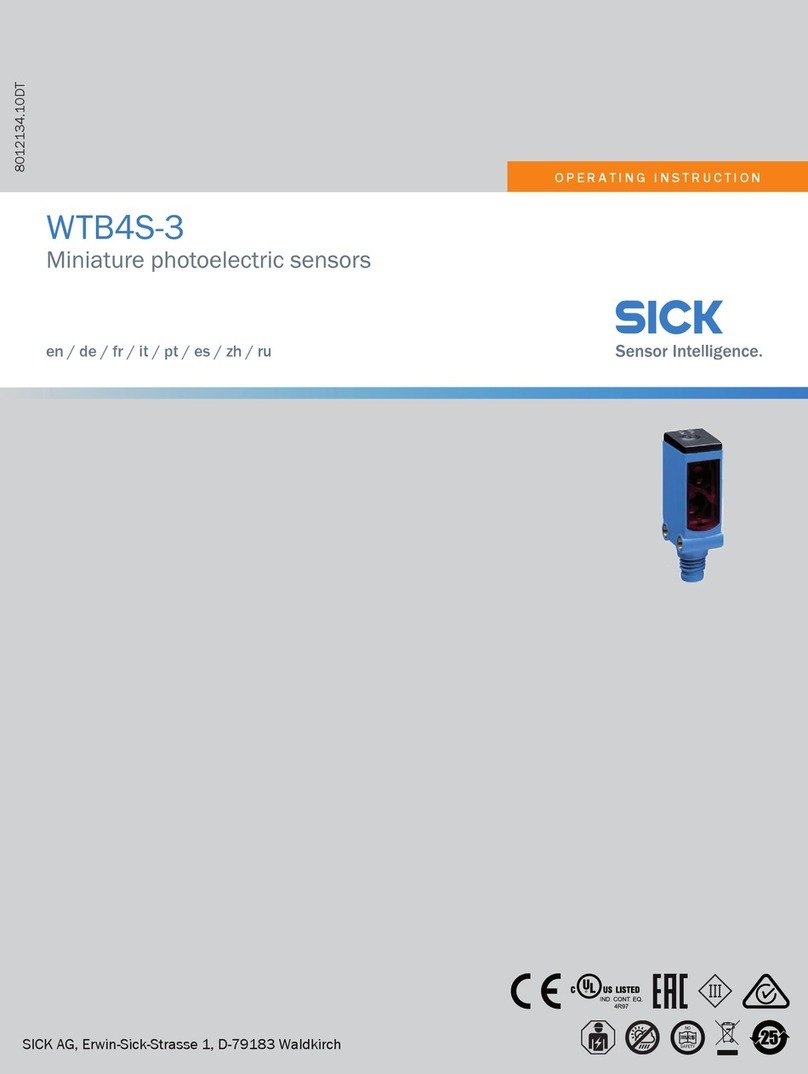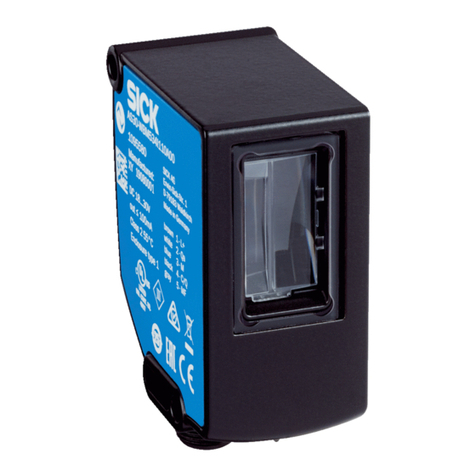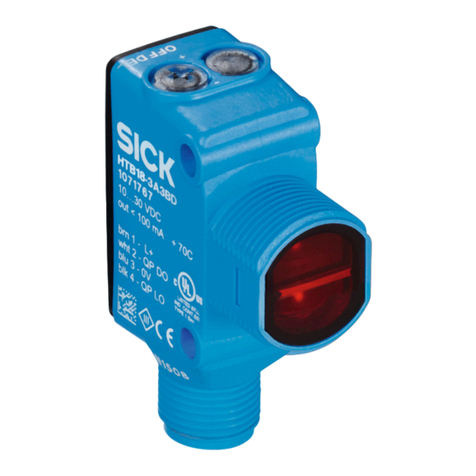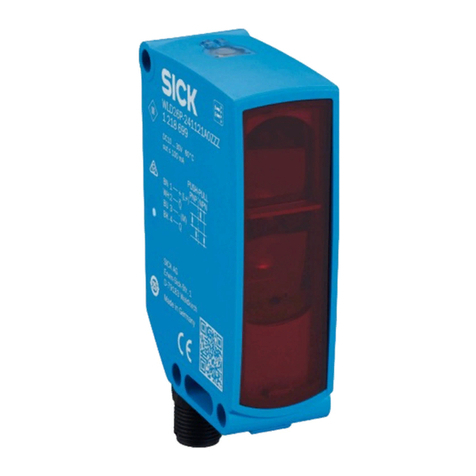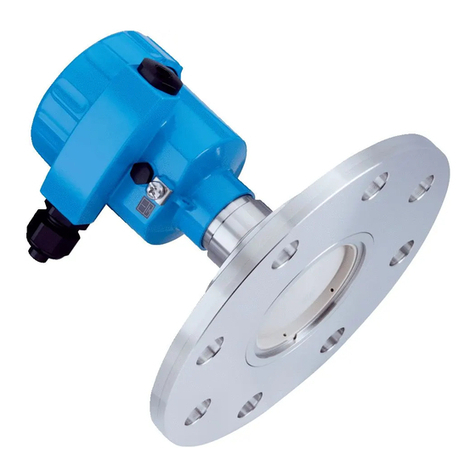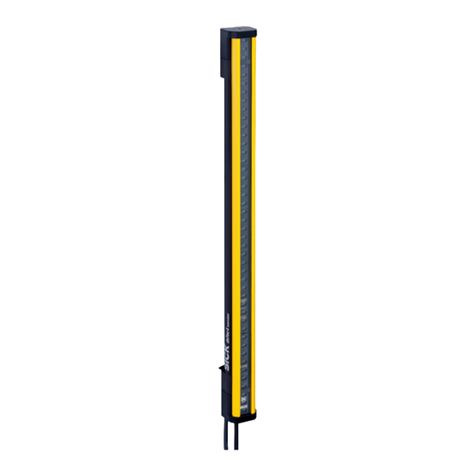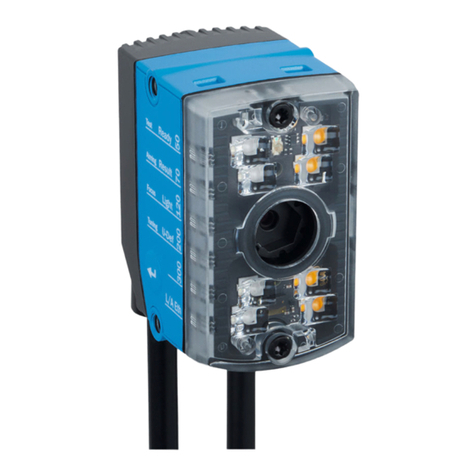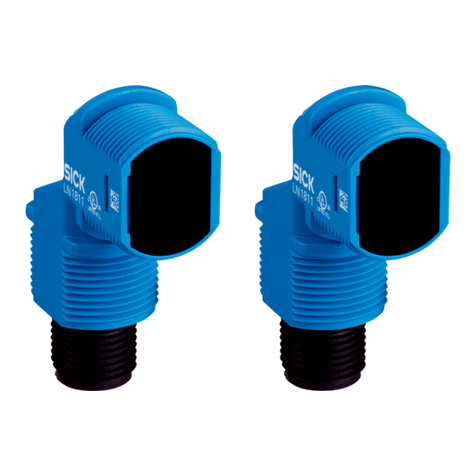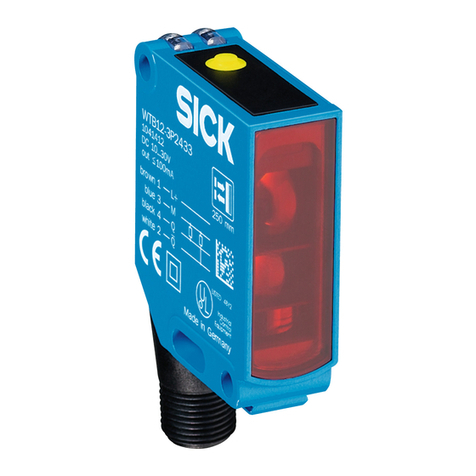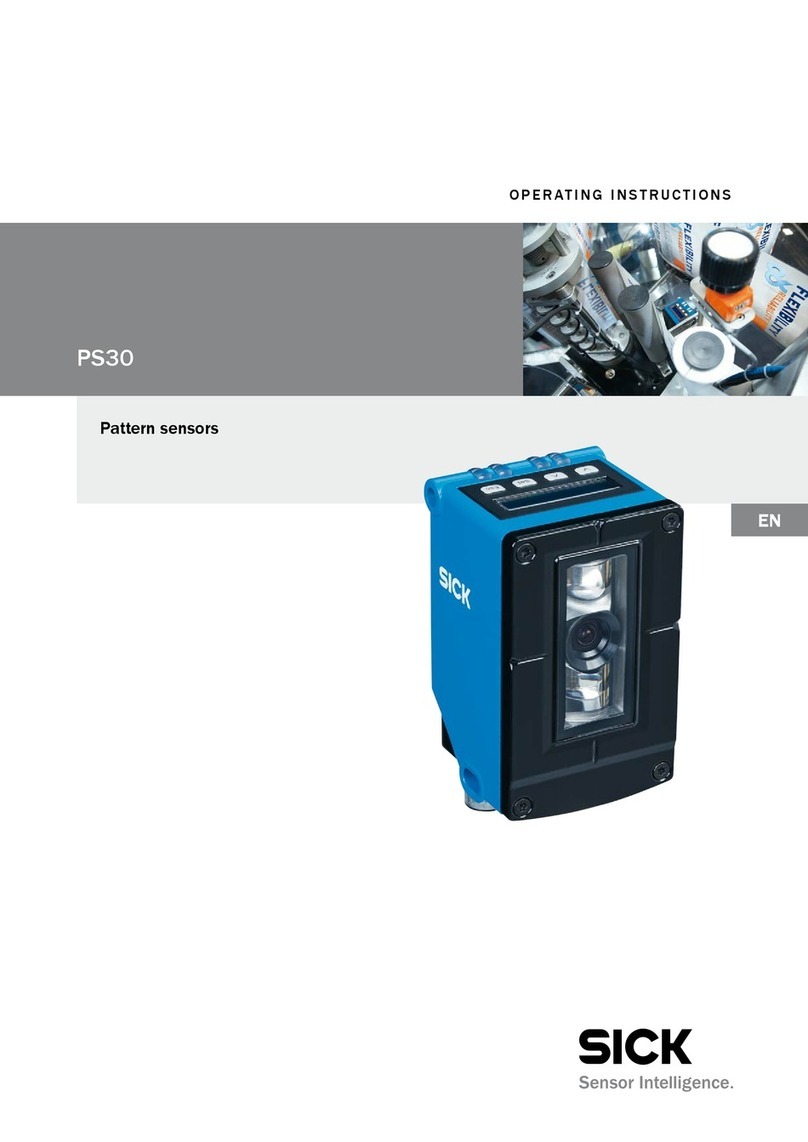
OPERATING INSTRUCTIONS| Bulkscan LMS5118014829/ZNC5/2017-06-06| SICK
Subject to change without notice
3
Inhalt
1 About this document .......................................................................................6
1.1 Purpose of this document ........................................................................................6
1.2 Target group...............................................................................................................6
1.3 Information depth .....................................................................................................6
1.4 Scope .........................................................................................................................6
1.5 Abbreviations used....................................................................................................7
1.6 Symbols used ............................................................................................................7
2 On safety............................................................................................................8
2.1 Authorized personnel................................................................................................8
2.2 Correct use ................................................................................................................8
2.3 General safety notes and protective measures.......................................................8
2.3.1 Electrical installation work........................................................................9
2.3.2 Laser radiation...........................................................................................9
2.3.3 Damaging potential equalization currents due to different ground po-
tentials 11
2.4 Quick stop and quick restart ................................................................................. 11
2.5 Environmental protection ..................................................................................... 12
2.5.1 Power consumption................................................................................ 12
2.5.2 Disposalafternaldecommissioning ................................................... 12
2.6 IP technology .......................................................................................................... 12
3 Product description....................................................................................... 13
3.1 Special features of the Bulkscan .......................................................................... 13
3.2 Operating principle of the Bulkscan...................................................................... 13
3.2.1 Measurement principle ......................................................................... 13
3.3 Application examples............................................................................................. 14
3.4 Status indicators .................................................................................................... 15
4 Congurable functions ................................................................................. 16
4.1 Setting the belt speed............................................................................................ 16
4.2 Measurement of the volume ................................................................................. 17
4.3 Measurement of the mass .................................................................................... 17
4.4 Measurementofvolumeowrate ........................................................................ 18
4.5 Measurementofthemassowrate ..................................................................... 18
4.6 Measurement of the bulk density ......................................................................... 19
4.7 Measurement of the bulk height........................................................................... 19
4.8 Monitoring the center of gravity ............................................................................ 20
4.9 Monitoring the bulk edge....................................................................................... 22
4.10 Monitoring the conveyor belt edge........................................................................ 23
4.11 Averaginglter........................................................................................................ 24
4.12 Digital inputs........................................................................................................... 24
4.13 Digital outputs ........................................................................................................ 25
4.14 Analog module BAM100........................................................................................ 26
4.15 Data interfaces....................................................................................................... 27
4.15.1 Ethernet interface................................................................................... 27
4.15.2 Serial host interface ............................................................................... 27
4.15.3 Serial auxiliary interface/USB................................................................ 28
